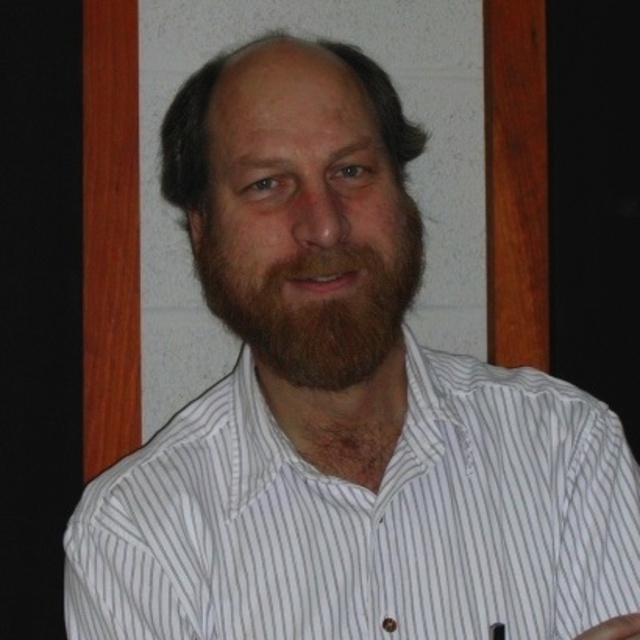September
2004
•
2004ApJS..154...18H
Authors
•
Houck, J. R.
•
Roellig, T. L.
•
van Cleve, J.
•
Forrest, W. J.
•
Herter, T.
•
Lawrence, C. R.
•
Matthews, K.
•
Reitsema, H. J.
•
Soifer, B. T.
•
Watson, D. M.
•
Weedman, D.
•
Huisjen, M.
•
Troeltzsch, J.
•
Barry, D. J.
•
Bernard-Salas, J.
•
Blacken, C. E.
•
Brandl, B. R.
•
Charmandaris, V.
•
Devost, D.
•
Gull, G. E.
•
Hall, P.
•
Henderson, C. P.
•
Higdon, S. J. U.
•
Pirger, B. E.
•
Schoenwald, J.
•
Sloan, G. C.
•
Uchida, K. I.
•
Appleton, P. N.
•
Armus, L.
•
Burgdorf, M. J.
•
Fajardo-Acosta, S. B.
•
Grillmair, C. J.
•
Ingalls, J. G.
•
Morris, P. W.
•
Teplitz, H. I.
Abstract
•
The Infrared Spectrograph (IRS) is one of three science instruments on the Spitzer Space Telescope. The IRS comprises four separate spectrograph modules covering the wavelength range from 5.3 to 38 μm with spectral resolutions, R=λ/Δλ~90 and 600, and it was optimized to take full advantage of the very low background in the space environment. The IRS is performing at or better than the prelaunch predictions. An autonomous target acquisition capability enables the IRS to locate the mid-infrared centroid of a source, providing the information so that the spacecraft can accurately offset that centroid to a selected slit. This feature is particularly useful when taking spectra of sources with poorly known coordinates. An automated data-reduction pipeline has been developed at the Spitzer Science Center.
The IRS was a collaborative venture between Cornell University and Ball Aerospace Corporation funded by NASA through the Jet Propulsion Laboratory and the Ames Research Center.
Links







